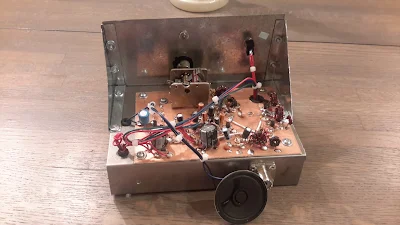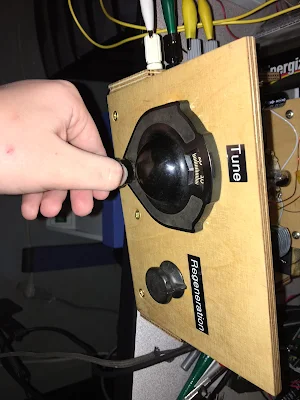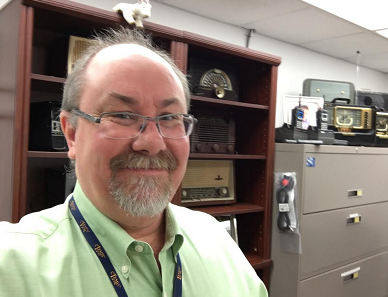Bill,
Enjoyed your latest blog. I remember your asking about mixers years
ago. I received much the same explanation from a Staff Sergeant
instructor at Ft. Monmouth in 1967. His example was a mixer with
diodes, noting the need to have them forward biased by the LO supply.
We worked out much the same waveforms as shown in your Blog and
the concept became part of my 'intuitive' knowledge.
A few years later I was fighting 120hz hum on the baseband of an IWCS
microwave system feeding USAF command at the Korat Air Base in
Thailand. The hum was pretty high level and causing inter-modulation
problems on the 60 channels of signal sideband suppressed carrier
being applied to the microwave system.
We ended up with a couple of DCA DoD employees being flown in to help,
to their credit they were prior service and darn good at what they did.
After three days of testing all parts of the microwave system with a
very long distance and long duration phone call to the manufacture in
Calif, they still had not found the trouble.
I had stayed working with the DCA guys all of the time, during the
testing I noted the hum seem to lessen in strength with someone standing
directly behind the radio bay.
I went around to the back and took a close look, Yep! the mixer diodes
for the baseband order-wire were glass and exposed.
Put a length of black tape over them and the hum went away. Not the
power supply problem everyone was fixated on, it was diode photo
sensitivity. I guess we could have just turned off the florescent
lights too.
When I was 10 years old my father showed me how to use a Simpson
260 to check diodes and early transistors*. We were on the floor of the
living room with sunlight streaming in. I saw the forward resistance change
a lot when the glass diode was in sun light vs shade. It was this memory
that prompted me to try the black tape.
All the MW systems in SEA later received a MWO to change out the
order-wire board and I found that the assembly was a non-standard part
of the microwave system just for military use. Civilian deployment of
that microwave system had no need for the order-wire.
Thanks for the quick trip, for me anyway, down memory lane and the
memory of being an electronics tech hero for all of two minutes. The DCA
guys made me buy the first round at the club.
73 from an old friend....






















































